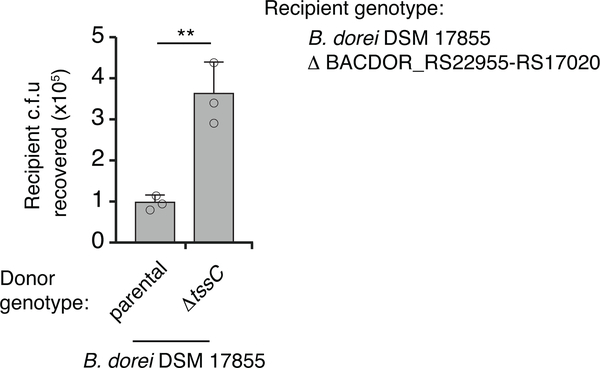Extended Data Fig. 5 |. rAID-1 systems include conserved and repetitive intergenic sequences and bear hallmarks of horizontal gene transfer.
a, Left - Motif enrichment analysis from the intergenic sequences immediately 3’ of the recombinase stop codon to the start codon of the first downstream open reading frame within 16 randomly selected rAID-1 gene clusters. This region is highlighted in blue in three representative rAID-1 systems shown above. Right - Motif enrichment analysis from all 86 intergenic sequences between the ORFs of six rAID-1 clusters (B. fragilis NCTC 9343, B. cellulosilyticus WH2, B. ovatus 3725, Paraprevotella clara YIT 11840, Parabacteroides goldsteinii dnLKV18, and Parabacteroides gordonii MS-1)28. This region is highlighted in red in three representative rAID-1 systems shown above. b, Average G+C nucleotide content of rAID-1-associated recombinase versus rAID-1 predicted ORFs, n=226, unpaired two-tailed t-test, ***P>0.0001. c, Schematic depicting the G+C and A+T nucleotide content across a representative rAID-1 system from B. fragilis 9343. d, Frequency distribution of gene number in rAID-1 clusters (n=1247 genes in 226 clusters). Bin width is 5 genes. e, Composition of genes in rAID-1 clusters (n=226 clusters) as determined by profile HMM scans and BLAST analysis against a curated database of Bacteroidales T6SS immunity genes2,8. f, Comparison of the total abundances of rAID-1-associated predicted recombinases and the Bacteroides genus in adult microbiome samples derived from the HMP and MetaHIT studies (Supplementary Table 8). Abundance values are calculated as in Fig 1; genus abundance corresponds to the sum of all Bacteroides spp. (calculated individually as the average of species-specific marker gene abundances). g, Results of qRT-PCR analyses for the indicated B. ovatus 3725 genes belonging to AID-1 (i6, M088_1971) or rAID-1 clusters (Rec, recombinase, M088_1401; orf1, M088_1400) under conditions of growth in mono- or co-culture with B. fragilis 9343 for 2 hrs. Data represent mean ± s.d. of n=3 independent biological replicates, Wilcoxon two-tailed sign-rank test, **P < 0.01, *P < 0.05.

